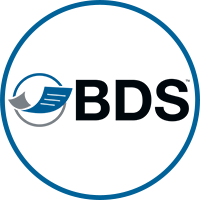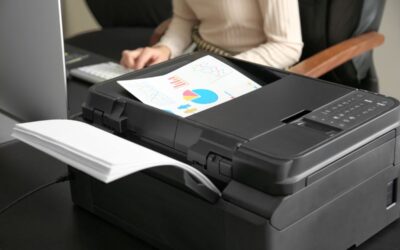With offices globally becoming increasingly digital, the need for reliable sending and receiving of real-time data is crucial. At its core, bi-directional printing (not to be confused with OBD2 bi directional for automobiles) creates a two-way channel between your devices and the network. This allows for a seamless transition between data flowing both ways, from the printer to the computer and vice versa. This is especially beneficial for enterprises managing large fleets of connected devices. Communication for this model is not just convenience; it is a critical part of operational efficiency.
What Does “Bi-Directional” Refer to in Printing?
For one-way set ups in most office environments, your computer typically sends a print job to the device, and that is the end of the conversation. However, in a more dynamic bi-directional print environment, the printer communicates back. This enables the ability to share live status updates, toner levels, paper tray information, error codes, and more in real time.
This feedback loop is critical, because it allows users and IT teams to instantly see whether a print job has succeeded, failed, or needs attention. Stronger governance of this loop means minimized downtime and less unnecessary service calls. We find this process to be similar to OBD2 system diagnostics in that it uses a standardized communication protocol to gather and transmit data for smarter decision-making. Instead of monitoring engine performance, it monitors and manages the performance of connected office equipment.
Optimizing Bi-Directional Diagnostics
When integrated across a network of MFPs and copiers, bi-directional communication tools provide businesses with greater visibility into device health and usage trends. Through management platforms like HP Web Jetadmin or uniFLOW administrators can:
- Run real-time system diagnostics to identify paper jams, fuser issues, or low consumables before they interrupt productivity.
- View live data and fault codes, similar to a scan tool in automotive systems that helps identify the root cause of issues.
- Initiate active tests remotely, including reprinting a job or triggering a self-cleaning function.
The reason offices are flocking towards this process is because of the greater level of insight granted compared to traditional printing processes. Businesses can utilize this data to make more predictive choices regarding their maintenance. Plus, when you partner with a local print provider like BDS, this double-dose of monitoring allows you to address issues early, improving uptime and extending the device’s lifespan.
Bi-Directional Control in Print Management

Proactive print management is crucial for the longevity and health of your device. Print management systems with bidirectional capability allow IT administrators to control and adjust printer functions directly from a centralized console, including:
- Adjusting default printer settings for sustainability goals.
- Performing remote resets of firmware updates to resolve minor faults.
- Managing secure print release by ensuring print jobs are only released after user authentication.
For businesses utilizing secure print practices like pull printing or BDS cloud print solutions, bi-directional technology ensures print jobs are properly tracked, stored, and delivered securely. This integration closes gaps that could otherwise expose your sensitive information. At BDS, we understand the necessity of compliance and stronger security protocols for the various clients we serve. Each connected device is a potential endpoint, and one way communication makes it difficult to monitor or control data flow effectively.
With bi-directional protocols, administrators can verify not only the delivery of a print job, but also confirm encryption, user authentication, and device compliance in real time. This makes it easier to maintain control over sensitive print environments, meet compliance standards, and reduce exposure to data breaches.
The BDS Approach to Smarter Print Diagnostics
As the premier trusted print technology provider in New England and Florida, BDS leverages bi-directional communication across our managed print services to ensure your devices remain reliable, secure, and efficient. Whether you are managing a small local network or a multi-location enterprise, you can count on the BDS team to provide tools that translate complex device data into actionable insights.
The ability to gather live error codes, firmware data, and components status to diagnose issues faster and minimize disruption has helped countless local businesses scale their operations. Combined with our proactive monitoring and remote management solutions, this approach keeps your print environment optimized without waiting for a problem to appear.
That is to say, with the right printer technology partner, businesses can move beyond reactive maintenance toward predictive management, saving valuable time, reducing waste, and ensuring every print device works exactly how it should. To stay updated on the latest industry trends and news, follow BDS on LinkedIn, Facebook, YouTube, Instagram, and TikTok today.
Frequently Asked Questions
Q: What is the difference between a standard printer driver and a bi-directional driver?
A: A standard driver only sends print jobs to the device. A bi-directional driver, on the other hand, can also receive information back from the printer—such as ink levels, errors, and completion of status—giving users and administrators for real-time visibility.
Q: How does bi-directional communication improve printer maintenance?
A: It allows technicians and IT teams to access live diagnostic data remotely, identify error codes, and even trigger active tests or resets. This means issues can often be resolved before they affect productivity, saving both time and service costs.






